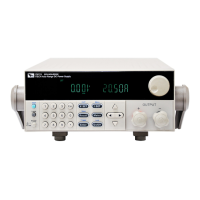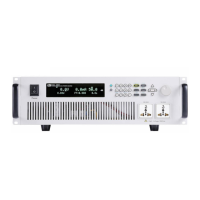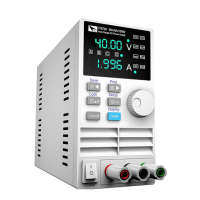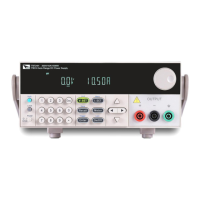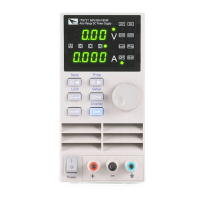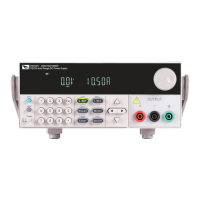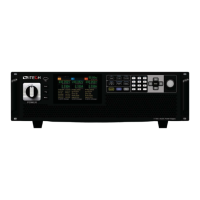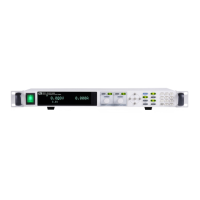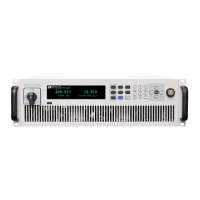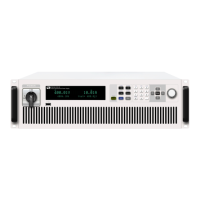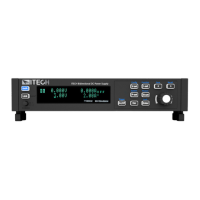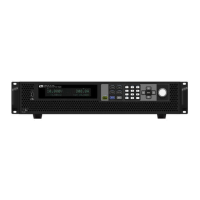Remote Control
Copyright© Itech Electronics Co., Ltd. 6
MAX and DEF. In addition, suffixes for engineering units can also be sent
together with numerical Parameter (including M, k, m or u). If the command
accepts only some specific values, the instrument will automatically round the
input Parameter to acceptable values. The following commands require
numerical Parameter of frequency value:
[SOURce[1|2]:]FREQuency:CENTer {<Frequency>|MINimum|MAXimum}
Discrete parameter
Discrete Parameter are used for settings with limited number of programming
values (such as IMMediate, EXTernal or BUS). They can use short and long
format like key words of commands. They may be expressed in both upper and
lower case. The query response always returns uppercase Parameter in short
format. The following commands require discrete Parameter in voltage unit:
[SOURce[1|2]:]VOLTage:UNIT {VPP|VRMS|DBM}
Boolean parameter
Boolean Parameter refer to true or false binary conditions. In case of false
conditions, the instrument will accept "OFF" or "0". In case of true conditions,
the instrument will accept "ON" or "1". In query of Boolean settings, the
instrument will always return "0" or "1". Boolean Parameter are required by the
following commands:
DISPlay {OFF|0|ON|1}
ASCII string Parameter
String Parameter may actually include all ASCII character sets. Character
strings must start and end with paired quotation marks; and single quotation
marks or double quotation marks are both allowed. Quotation mark separators
may also act as one part of a string, they can be typed twice without any
character added between them. String parameter is used in the following
command:
DISPlay:TEXT <quoted string>
For example, the following commands display message of "WAITING..."
(without quotation marks) on the front panel of the instrument.
DISP:TEXT "WAITING..."
Single quotation marks may also be used to display the same message.
DISP:TEXT 'WAITING...'
1.6 Communication Interface
Using a Level converter circuit connect DB9 interface connector of IT6302 and
RS232/USB interface connector of PC to do communication.below will helps
you to have the knowledge of controlling IT6302 power supply via PC.
Communication setting
Before communicate, please set the following parameters of power supply and
PC to make them match with each other. (Refer to 3.8)
Baud rate: 4800,9600,38400. It could be selected in the Menu.
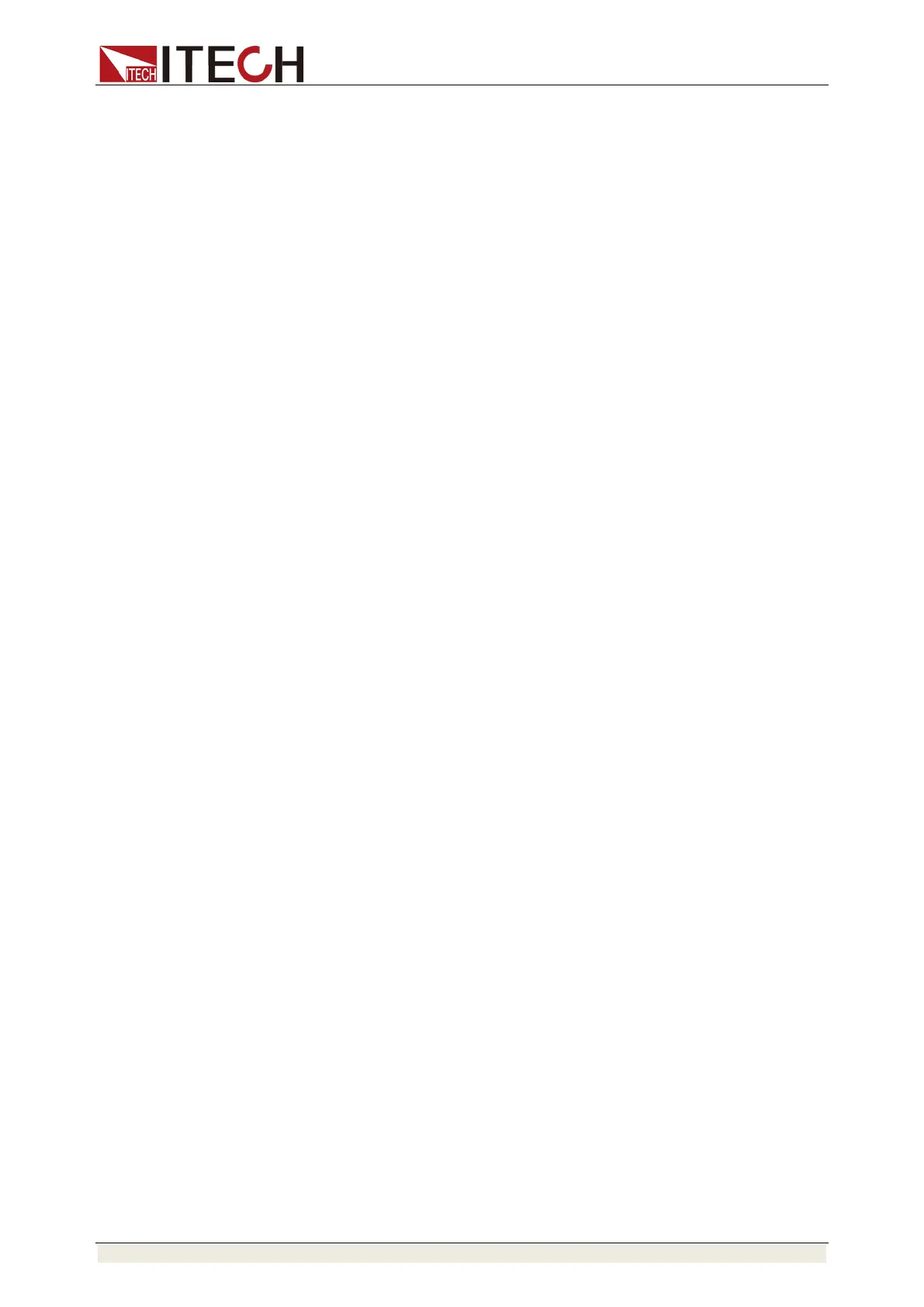